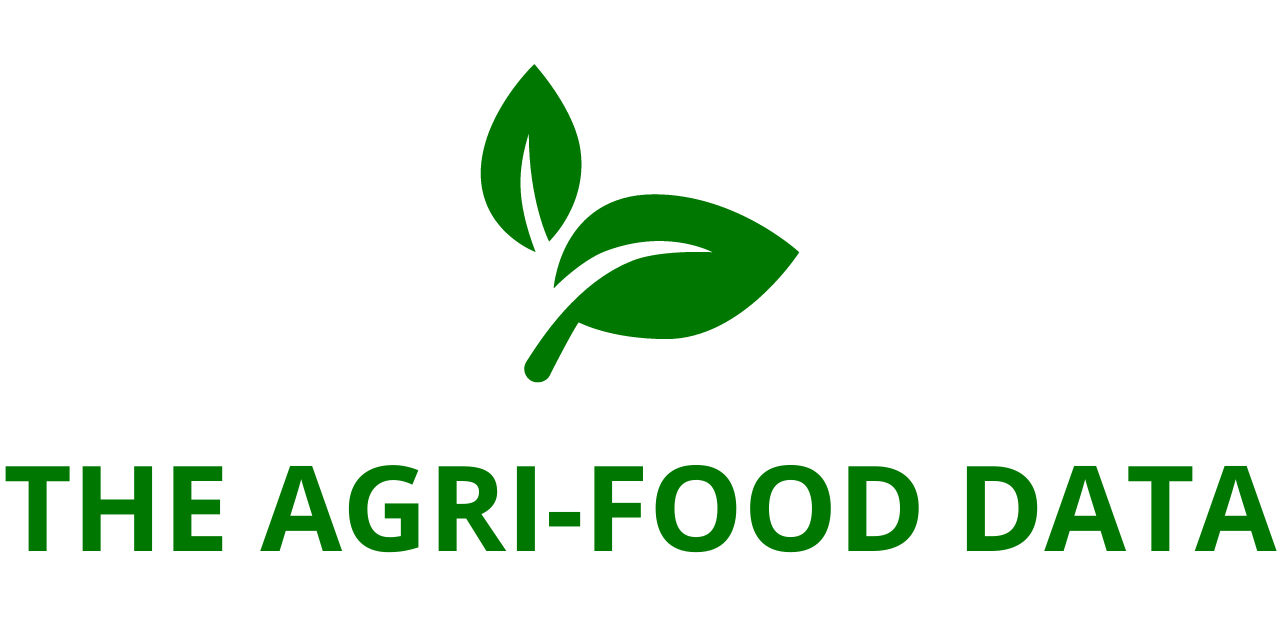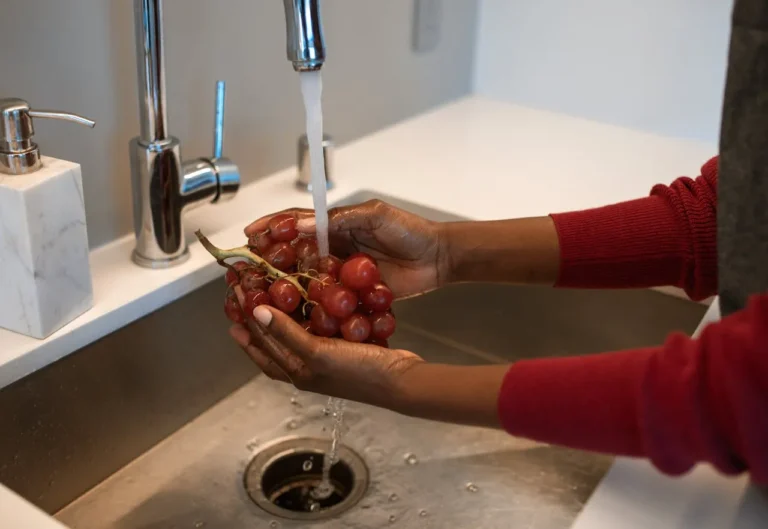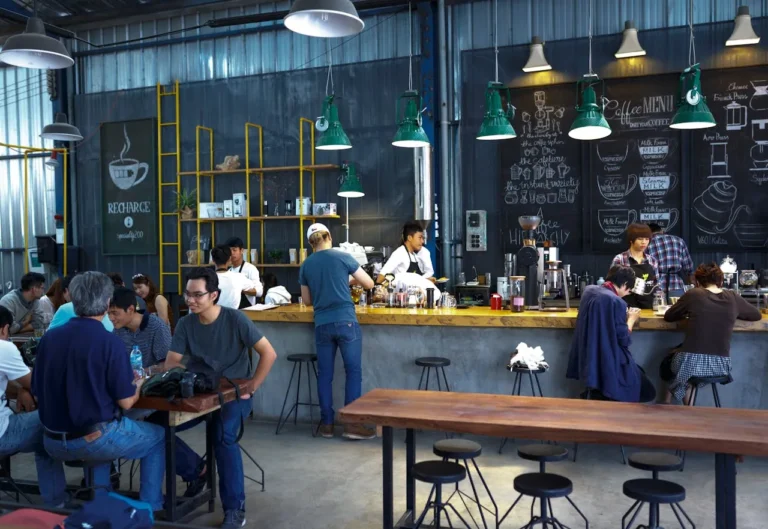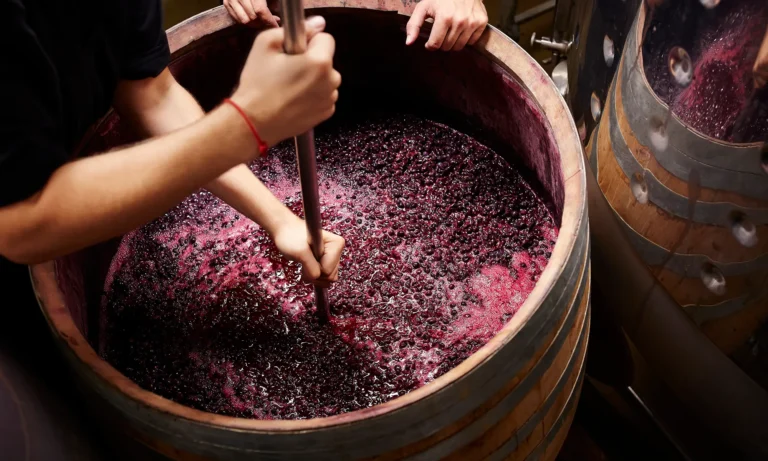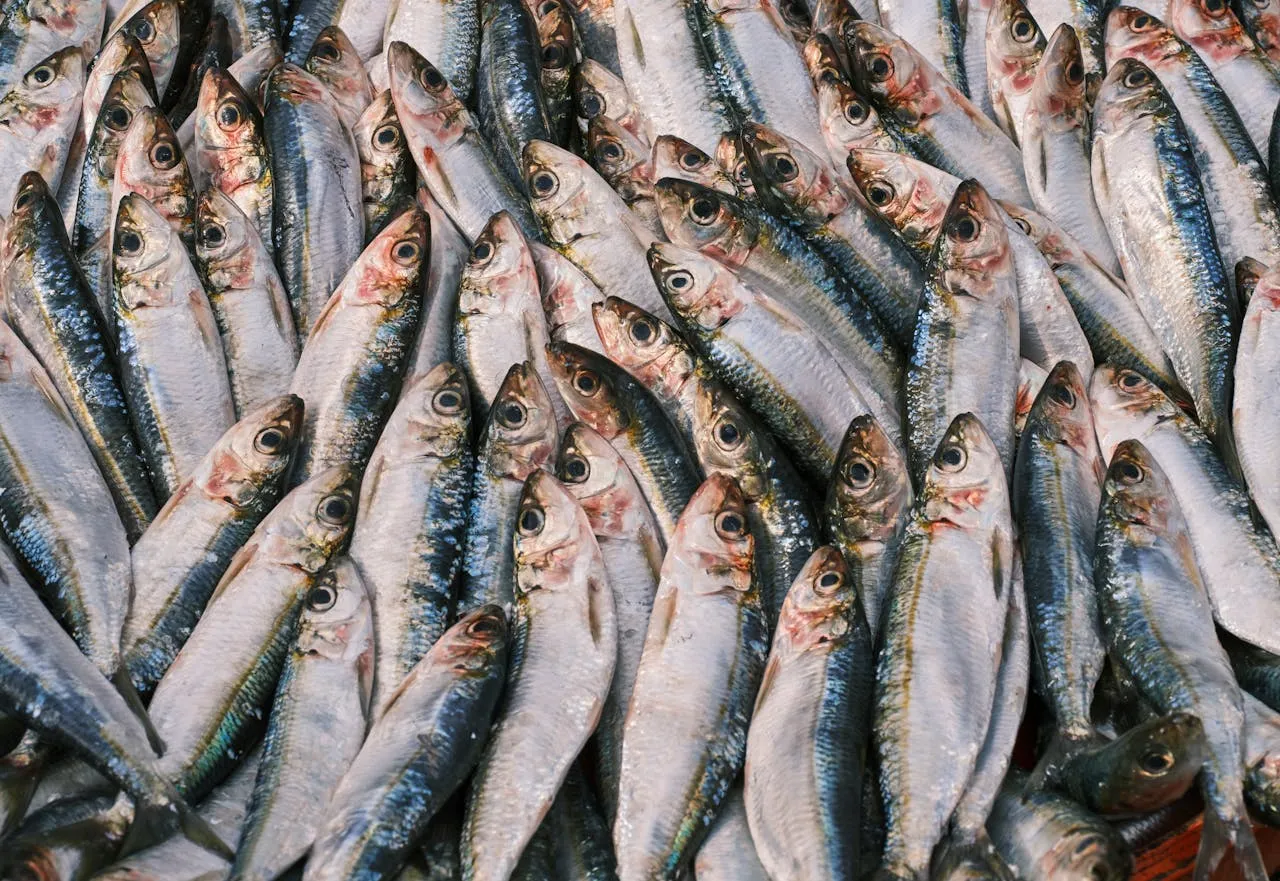
The “Precision Aquaculture Market – Global Forecast to 2030” report, recently added to ResearchAndMarkets.com’s offering, reveals an industry undergoing rapid digital transformation. According to the report, the global precision aquaculture market is projected to grow from USD 847.9 million in 2025 to USD 1.43 billion by 2030, registering an impressive compound annual growth rate (CAGR) of 11.1%. This surge reflects a broader trend in the aquaculture industry—where technology, sustainability, and efficiency are converging to reshape how fish are farmed and managed across the globe.
The Evolution of Precision Aquaculture
Aquaculture, which provides over half of the world’s seafood supply, is facing rising challenges related to fish health, water quality, environmental compliance, and resource efficiency. To address these concerns, producers are turning toward precision aquaculture, a data-driven approach that integrates advanced technologies such as AI-powered analytics, underwater cameras, IoT-based sensors, and automated feeding systems.
The main goal of precision aquaculture is to enhance productivity while maintaining environmental balance and fish welfare. By continuously monitoring and analyzing parameters such as oxygen levels, pH, temperature, and fish behavior, aquaculture operators can make timely, evidence-based decisions. These innovations not only improve yield but also reduce the use of antibiotics and chemicals—making aquaculture more sustainable and compliant with increasingly strict food safety standards.
Modern fish farms are essentially becoming “smart farms,” where every movement and environmental condition is tracked. The data generated allows for predictive insights, helping farmers detect early signs of stress, disease, or parasitic infestations such as sea lice. Timely interventions reduce mortality, prevent large-scale outbreaks, and minimize losses. This proactive health management model has quickly become a cornerstone of antibiotic-free, sustainable seafood production, aligning with global consumer preferences for transparency and eco-friendly practices.
Monitoring and Surveillance: The Backbone of Smart Aquaculture
According to the report, monitoring and surveillance applications accounted for the largest share of the precision aquaculture market in 2024, underscoring their central role in the sector. Real-time monitoring of critical water quality indicators—such as temperature, salinity, dissolved oxygen, and ammonia levels—is now considered indispensable for maintaining healthy aquatic environments.
With environmental regulations tightening worldwide, aquaculture companies are adopting sophisticated remote sensing and surveillance systems to ensure compliance. These systems allow for continuous oversight of farm operations, reducing manual labor and enabling early intervention when irregularities occur.
Moreover, integrated monitoring tools are now being used not just for environmental compliance but also for optimizing feeding strategies, improving fish growth rates, and minimizing waste. Feeding automation and precision feeding based on AI analysis of fish behavior can drastically reduce feed costs, which represent up to 60% of operational expenses in aquaculture.
As demand for traceable and responsibly farmed seafood continues to grow, real-time monitoring platforms are providing the transparency that regulators and consumers increasingly demand. This ability to track every stage of fish production—from hatchery to harvest—strengthens brand credibility and consumer trust, while also improving operational efficiency.
Software Segment: Driving Intelligence and Integration
Among the various market segments, the software component is expected to register the highest CAGR between 2025 and 2030, reflecting the accelerating adoption of digital and data-centric tools. Software serves as the connective tissue that integrates multiple hardware components—sensors, cameras, feeders, and water management systems—into a unified, intelligent platform.
Modern aquaculture software platforms leverage artificial intelligence (AI), machine learning (ML), and cloud computing to deliver real-time insights, automate decisions, and predict performance trends. These tools allow farm managers to identify inefficiencies, schedule maintenance proactively, and make data-backed operational adjustments.
Cloud-based management solutions are particularly transformative for large-scale and geographically dispersed aquaculture operations. By offering remote access to live data, they enable real-time collaboration, supervision, and performance tracking across multiple sites. Additionally, software systems enhance traceability and compliance documentation, helping producers meet global standards for food safety and sustainability certifications.
As aquaculture grows in scale and complexity, data-driven management is becoming indispensable. The need for AI-enabled feed optimization, disease forecasting, and environmental control systems is fueling heavy investment in software infrastructure. The rise of digital platforms like farm management dashboards and predictive analytics tools demonstrates how software is becoming the nerve center of precision aquaculture.
Regional Outlook: The United States Leads North America’s Growth
In terms of regional growth, the report highlights the United States as the frontrunner in North America’s precision aquaculture market through 2030. This leadership is driven by the nation’s strong technological ecosystem, emphasis on sustainable food production, and government initiatives aimed at boosting domestic aquaculture output.
Federal programs are increasingly encouraging innovation in aquaculture to reduce reliance on imported seafood. This policy direction has catalyzed significant investment in automated systems, AI-driven monitoring, and robotics designed for commercial-scale fish farms.
U.S. companies are also pioneering solutions in sensor technology, machine vision, and real-time analytics, positioning the country as a global hub for aquaculture innovation. For example, startups and research institutions are developing tools that integrate biological, environmental, and operational data streams to support precision-based decisions.
Additionally, the growing consumer demand for traceable, high-quality, and sustainably farmed seafood continues to push aquaculture producers toward adopting advanced precision technologies. Regulatory frameworks that promote responsible aquaculture practices further reinforce this momentum, helping the U.S. set benchmarks for innovation and environmental responsibility in the sector.
Toward a Smarter, More Sustainable Aquaculture Future
The precision aquaculture market’s rapid expansion underscores a fundamental transformation in how seafood is farmed and managed. By leveraging technologies once limited to advanced manufacturing or precision agriculture, fish farmers are now able to produce more food using fewer resources—while maintaining a lighter environmental footprint.
The integration of AI, IoT, and data analytics represents a shift from reactive management to predictive aquaculture, where decisions are based on data rather than intuition. As the global population grows and seafood demand increases, this model offers a path toward both higher profitability and ecological balance.
Furthermore, collaborations among technology providers, research institutions, and aquaculture producers are expected to accelerate innovation in coming years. The emergence of new business models such as Farm-as-a-Service (FaaS)—where technology solutions are offered on subscription or partnership bases—will make advanced precision tools more accessible to small and medium-scale fish farmers.
By 2030, the global precision aquaculture ecosystem is likely to become one of the most dynamic areas of the food production sector, combining digital intelligence, sustainability, and profitability. As the report suggests, the shift toward smart, connected, and environmentally conscious aquaculture is no longer a niche trend—it is the future of the seafood industry worldwide.
